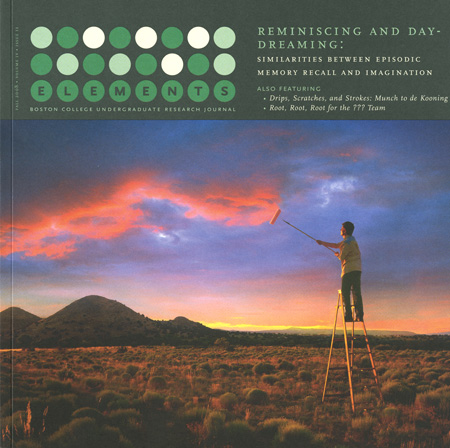Drips, Scratches, and Strokes: The New Language of Expressionism from Edvard Munch to Willem de Kooning
DOI:
https://doi.org/10.6017/eurj.v4i2.8888Keywords:
Fall 2008, humanities, art, art historyAbstract
Whether on oddly-shaped pillows, shrieking dolls, or basic coffee mugs, the emaciated protagonist with a gaping mouth and the swirling landscape of Edvard Munch's The Scream is one of today's most widespread images. Though Munch died just as abstract expressionism was being born, his emphasis on the highly personal and the unconscious through abstraction, brushwork, and intensely evocative colors link him closely to this important American art movement. Through the specific comparison of the oeuvre of Munch and the abstract expressionist Willem de Kooning, this essay will examine how and why the Norwegian painter became known as the "father of expressionism" in the history of art. The Scream is not central to this discussion, but instead will be looked at in conjunction with other early paintings and prints, such as The Sick Child and The Kiss. These works and others reveal Munch's artistics philosophy and technique and allow us to draw broader connections to future movements, neo-dadaism and expressionism among them.Downloads
Published
2008-11-01
How to Cite
Turova, S. (2008). Drips, Scratches, and Strokes: The New Language of Expressionism from Edvard Munch to Willem de Kooning. Elements, 4(2). https://doi.org/10.6017/eurj.v4i2.8888
Issue
Section
Articles
License
Copyright (c) 2015 Elements

This work is licensed under a Creative Commons Attribution 4.0 International License.

